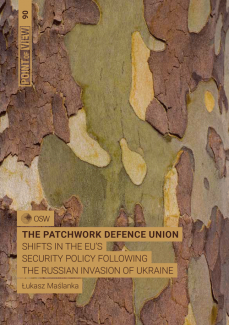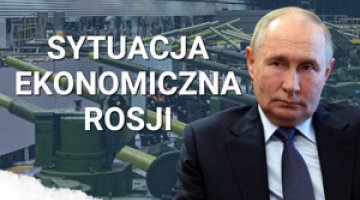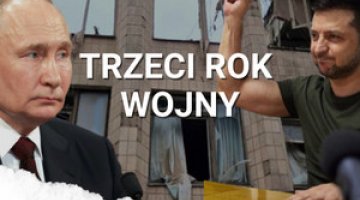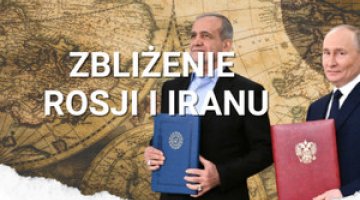The patchwork defence union

Russia’s full-scale invasion of Ukraine in February 2022 provided an impulse for the development of EU security and defence policy initiatives. Member states provided significant military assistance to Kyiv, making innovative use of Common Security and Defence Policy (CSDP) mechanisms. These mechanisms, originally designed to organise and finance foreign missions and operations, mainly in the EU’s southern neighbourhood, include instruments such as the European Peace Facility (EPF). At the same time, the rapid replenishment of military capability gaps among the European NATO members and the strengthening of the EU’s defence industry production capacity were a key priority. The creation of the office of the Commissioner for Defence and Space reflects the growing importance of defence industrial policy within the European Commission’s agenda. The vast majority of EU member states are opposed to transforming the EU into a military alliance, although this stance could shift depending on the policies of the Donald Trump administration. This paper puts forward a subjective overview of the new instruments in EU security policy. It also outlines the opportunities and challenges facing member states.




